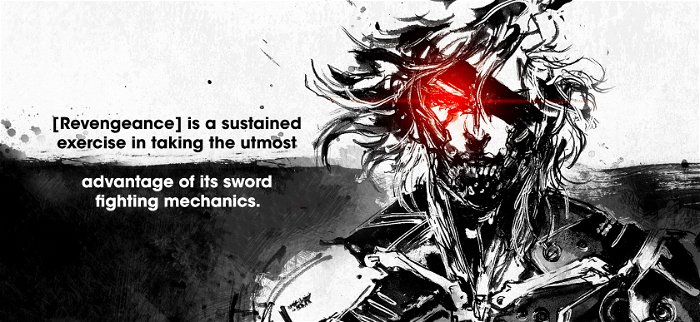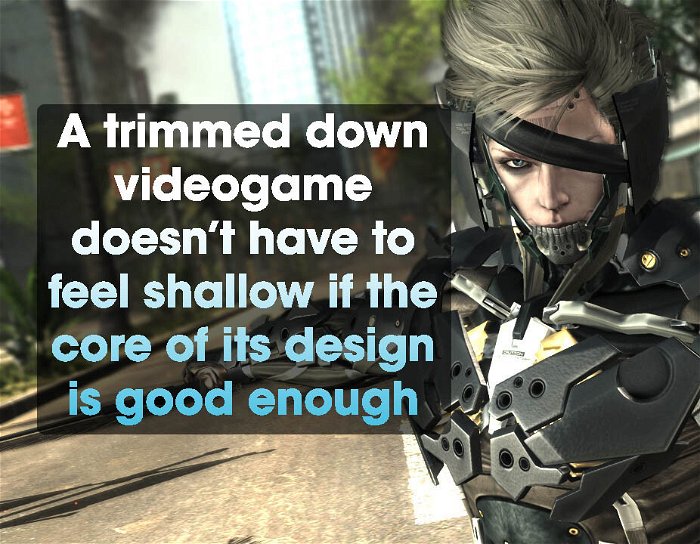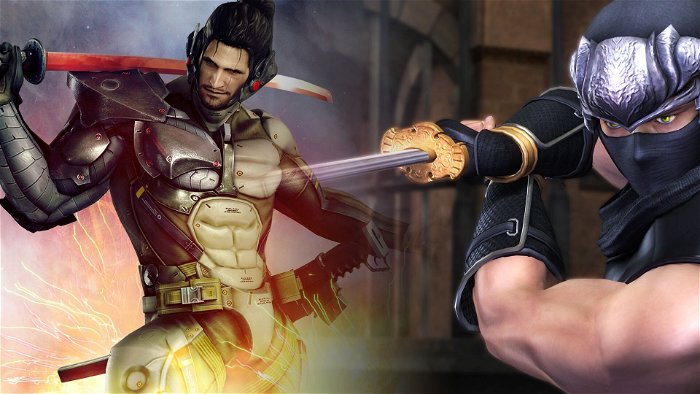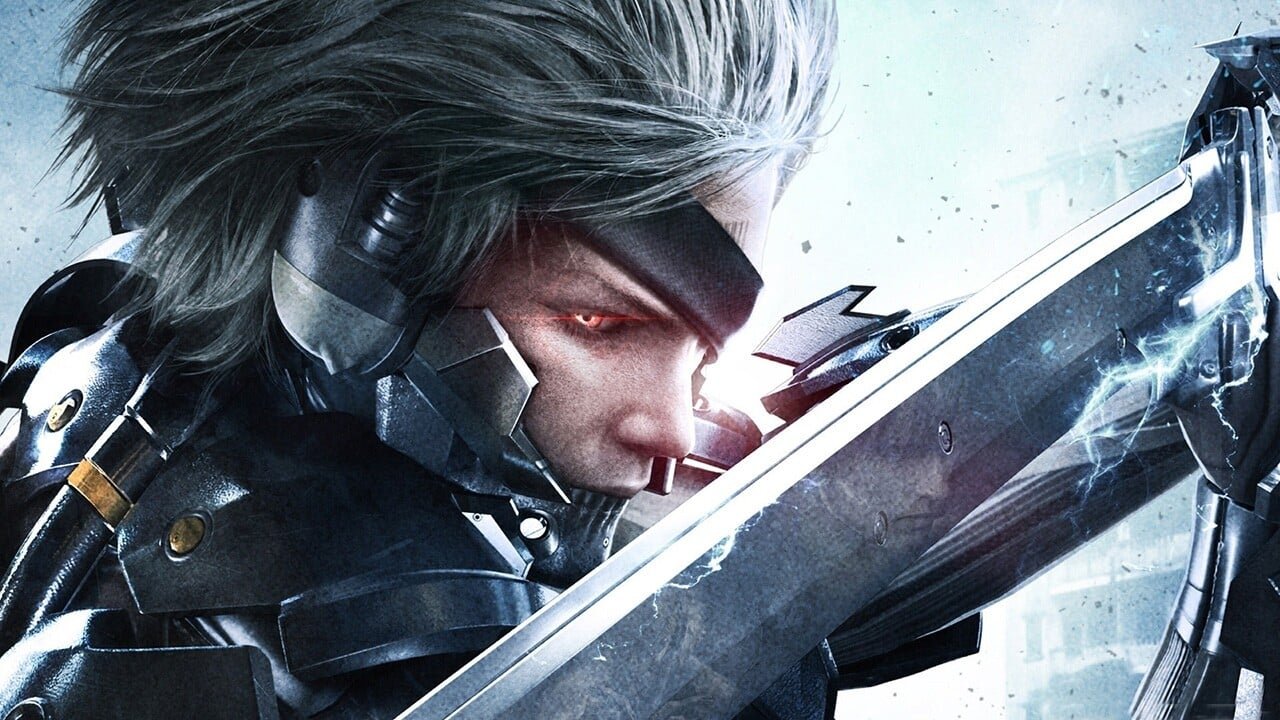Metal Gear Rising: Revengeance had the potential to be a train wreck.
After years of (apparently rocky) development by Metal Gear series creator Hideo Kojima’s Kojima Productions the game was shunted over to action masterminds Platinum Games to be finished and, hopefully, turned into something good. This kind of situation, as atrocious multi-developer releases like Aliens: Colonial Marines and Duke Nukem Forever have shown, usually doesn’t have a good outcome. Luckily, the finished product is a fantastic experience, a brief adrenaline-soaked foray into the Metal Gear universe where the games’ previous concentration on stealth has been almost entirely replaced with some of the most visceral action game combat in years.
There are many reasons to love Revengeance. The game’s political discourse takes on relevant topics in colourful ways, tackling the contentious issues of private military companies, child soldiers and third world exploitation while simultaneously countering this gravity with the absurdity of a talking robot dog, an Inigo Montoya-accented samurai, cyborg troops and oh so much more. Aside from the strength of its narrative, it’s also a tremendous blast to play through. Raiden, returning as the series’ protagonist after his surprise reveal as the star of Metal Gear Solid 2, controls like a dream, equally capable of whipping around like a blade-toting hurricane and executing surgical cuts with a slow-motion precision mode. The game succeeds in blending Kojima Production’s unique approach to deadly serious/ludicrous storytelling with Platinum Games’ knack for hyper-responsive combat systems to create something that is much more impressive in character and feel than the sum of its parts.

I knew I liked Revengeance an awful lot after finishing it, but it took a few hours of playing around with the Vita version of Ninja Gaiden Sigma to really see its greatest strength. I jumped into the latter game (now free on PlayStation Plus! Where’s my cheque, Sony?) with only a small understanding of what to expect and, despite enjoying the combat a whole lot, was pretty disappointed. This is because Gaiden, while still a fun game in its own right, constantly stop the player from enjoying its well crafted sword fights for boring item fetching and the exploration of drab-looking levels. Ninja Gaiden is at its best when it throws its protagonist, Ryu Hayabusa, into areas filled with deadly enemies and forces him to dispatch them using a set of satisfying combat mechanics. When it steps away from this in favour of goals that require wonky level navigation (it doesn’t help that the camera stinks) the charm dissipates.
 Revengeance , on the other hand, is almost myopic in its refusal to deviate from objectives that take full advantage of its gameplay mechanics. The sword is everything to Platinum Games. There are extra sub-weapons (a sai, polearm, grenades, etc.) that can be used to mix up combat, but the vast majority of the game is a sustained exercise in taking the utmost advantage of its sword fighting simulation. Raiden rarely needs to do much more than head to the next mission marker or complete some optional enemy assassinations (these can be completely bypassed) before he’s entered into battle with a group of adversaries, the player exploring the ins and outs of the combat mechanics rather than the limits of the environments or inventory system.
Revengeance , on the other hand, is almost myopic in its refusal to deviate from objectives that take full advantage of its gameplay mechanics. The sword is everything to Platinum Games. There are extra sub-weapons (a sai, polearm, grenades, etc.) that can be used to mix up combat, but the vast majority of the game is a sustained exercise in taking the utmost advantage of its sword fighting simulation. Raiden rarely needs to do much more than head to the next mission marker or complete some optional enemy assassinations (these can be completely bypassed) before he’s entered into battle with a group of adversaries, the player exploring the ins and outs of the combat mechanics rather than the limits of the environments or inventory system.
Sure, it may not be completely fair to pit Ninja Gaiden against Revengeance. Despite playing a ported version of the original title, Gaiden was first released in 2004 and nearly a decade of advancements in development have helped inform how to create great action games. Just the same, Gaiden‘s padding is representative of a common problem that many modern action titles still have. By trying to appeal to everyone — by introducing as many different game elements as possible (think of the traditional blend of puzzles, platforming and combat in many titles) — a lot of games are unnecessarily diluted.

Some titles benefit from interspersing action set pieces with quieter moments of exploration (what would Uncharted be without its lovely platforming sequences?) while others would do well to note why Revengeance is such a joy to play through. A trimmed-down videogame doesn’t have to feel shallow if the core of its design is good enough. Though I never solved puzzles or navigated tricky environments in Metal Gear Rising, the strength of its swordplay was more than enough to make it stand out.




